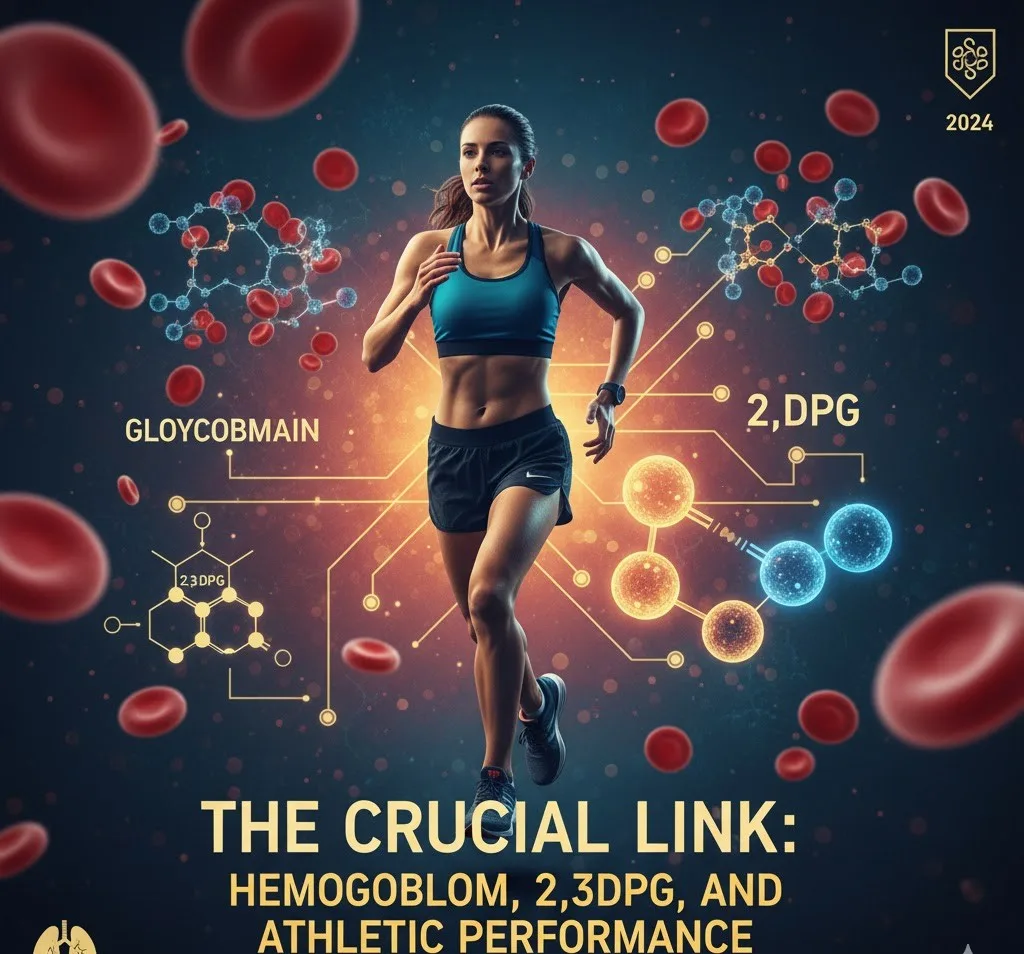For endurance athletes and anyone concerned with physical performance, understanding the intricate relationship between hemoglobin, oxygen transport, and the metabolic pathway of glycolysis is paramount. Recent research, including systematic reviews and meta-analyses, continues to underscore the vital role of hemoglobin in determining an individual's maximal oxygen uptake ($\text{VO}_2\text{max}$), a key indicator of cardiorespiratory fitness.
Hemoglobin's Central Role in Oxygen Transport
Hemoglobin, the iron-containing protein in red blood cells, is the primary vehicle for oxygen transport from the lungs to the body's tissues. Its efficiency in binding and releasing oxygen directly impacts how much oxygen can be delivered to working muscles during exercise. A deficiency in hemoglobin, often observed in conditions like anemia, directly correlates with a reduced $\text{VO}_2\text{max}$. This reduction signifies a decreased capacity to utilize oxygen during intense physical activity, thereby limiting endurance performance.
2,3-Diphosphoglycerate (2,3-DPG): The Allosteric Regulator
Beyond simply carrying oxygen, hemoglobin's affinity for oxygen is finely regulated by various factors, one of the most significant being 2,3-Diphosphoglycerate (2,3-DPG). This molecule, also known as 2,3-Bisphosphoglycerate, is a byproduct of the glycolytic pathway, the process by which glucose is broken down to produce energy within red blood cells.
The mechanism is fascinating:
-
Glycolysis in Red Blood Cells: As glucose is metabolized in red blood cells, an intermediate product called 1,3-Bisphosphoglycerate is formed.
-
Formation of 2,3-DPG: Instead of proceeding directly through the standard glycolytic steps, some of the 1,3-Bisphosphoglycerate is shunted to form 2,3-DPG via the Rapoport-Luebering shunt.
-
Binding to Hemoglobin: 2,3-DPG then binds to deoxygenated hemoglobin (hemoglobin that has released its oxygen).
-
Lowering Oxygen Affinity: When 2,3-DPG binds, it stabilizes the T (tense) state of hemoglobin, reducing its affinity for oxygen. This is a crucial physiological adaptation, as it facilitates the release of oxygen to the peripheral tissues where it is most needed, particularly during conditions of high metabolic demand, such as intense exercise or high altitude.
The Impact on Endurance Athletes
For endurance athletes, maintaining optimal hemoglobin levels and understanding the factors influencing 2,3-DPG concentration are not just important; they are "more essential than one's daily bread," as the saying goes. A healthy red blood cell count and efficient hemoglobin function ensure maximum oxygen delivery to muscles, supporting sustained energy production and delaying fatigue.
Factors that can influence 2,3-DPG levels include:
-
Altitude: At higher altitudes, where oxygen partial pressure is lower, 2,3-DPG levels increase to enhance oxygen unloading to tissues.
-
Anemia: In anemic conditions, increased 2,3-DPG can partially compensate for reduced oxygen-carrying capacity.
-
Exercise: During prolonged exercise, metabolic changes can influence 2,3-DPG levels, further optimizing oxygen delivery.
In conclusion, the sophisticated interplay between metabolic pathways and oxygen transport mechanisms highlights the body's remarkable ability to adapt. For athletes striving for peak performance, optimizing factors that influence hemoglobin function and oxygen delivery—including diet, training, and careful monitoring of blood parameters—remains a cornerstone of success.

